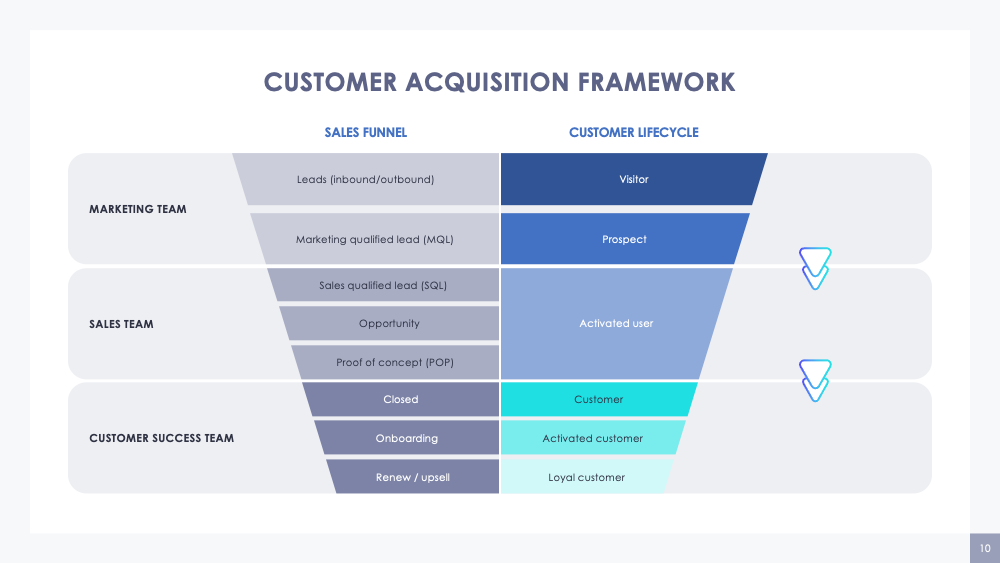
Crafting a engaging patent program is both a skill along with a scientific research, demanding an in-depth knowledge of practical subject matter, legitimate concepts, and persuasive conversation. Sketching from your insights and experience of veteran patent experts, we’ve compiled a collection of approaches to assist ambitious patent providers publish successful patent lawyer that stick out in a populated field.
1. Start out with a robust Foundation
Before adding pencil to papers, take time to thoroughly understand the creation and its particular fundamental technologies. Conduct in-range job interviews with inventors, assessment practical records, and investigate pertinent prior art to gain a comprehensive understanding of the invention’s novelty and probable apps. Developing a strong first step toward information will manual your writing process and ensure your patent program accurately and efficiently records the heart and soul of your invention.
2. Give attention to Clearness and Precision
Very clear and precise language is essential when drafting a patent app. Prevent ambiguity or inexplicable language that could lead to misinterpretation or frustration. Use descriptive words and illustrative examples to express the unique functions and performance from the innovation. Break up complex methods into digestible parts, so that it is easy for patent examiners to comprehend the essence of your innovation and evaluate its patentability.
3. Inform a Persuasive Narrative
A well-created patent application informs a compelling tale in regards to the technology, its development method, and its potential influence on the marketplace. Start out with a captivating intro that units the point for your technology and shows its importance. Use story solutions to guide your reader throughout the various aspects of the invention, weaving together technological details, experimental effects, and genuine-entire world programs to paint a vibrant image from the importance and advancement.
4. Expect and Street address Potential Difficulties
Inside the competitive landscape of patent legislation, expecting and dealing with possible challenges in the beginning can certainly make a big difference. Perform thorough due diligence to distinguish prospective prior art work references, technological obstructions, or legal issues which may arise during assessment. Produce methods for defeating these obstacles, whether or not through further experimentation, substitute embodiments, or legitimate disputes helping the patentability of the innovation. By proactively responding to possible problems, you may enhance the strength of your own patent program and boost its probability of good results.
5. Collaborate and Iterate
Successful collaboration with inventors, practical experts, and lawful co-workers is vital for composing a succeeding patent software. Foster open up connection and partnership during the entire drafting approach, soliciting responses and input from stakeholders at each phase. Be receptive to positive critique and recommendations for enhancement, and stay willing to iterate and revise the application depending on comments obtained. By benefiting the combined skills and ideas of your staff, it is possible to enhance the quality and efficiency of your respective patent software.
6. Remain Present and Modify
The realm of patent rules is constantly evolving, affected by engineering breakthroughs, legitimate innovations, and modifications in sector techniques. Remain present with all the newest styles and developments with your field, regularly examining relevant situation regulation, guidelines, and finest methods. Be ready to adjust your writing style and strategies to mirror variations in patent assessment requirements or growing tendencies in patent process. By keeping nimble and flexible, it is possible to ensure your patent programs remain appropriate and effective in a vibrant and competing setting.
In summary, composing successful patent applications requires a mixture of technological knowledge, lawful acumen, enticing connection, and collaborative teamwork. By following these techniques gleaned from veteran patent pros, soon to be patent experts can enhance their capabilities and boost their probability of good results from the difficult and rewarding discipline of patent law.
